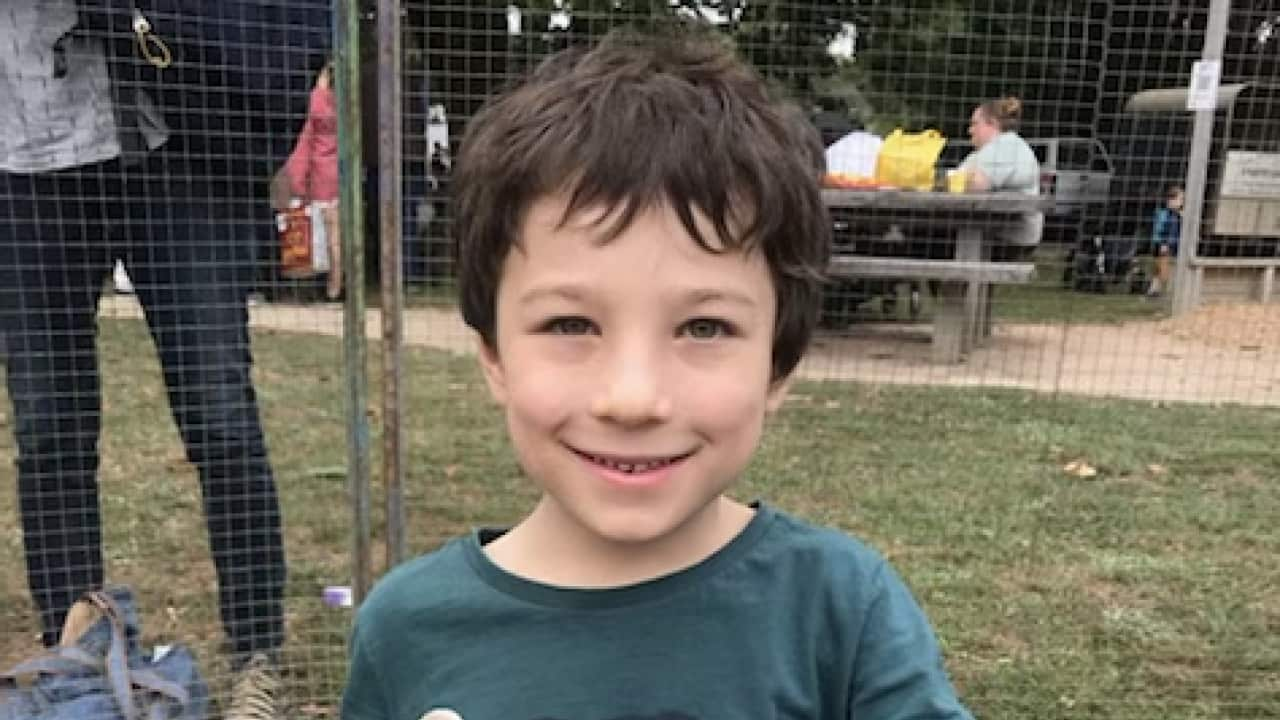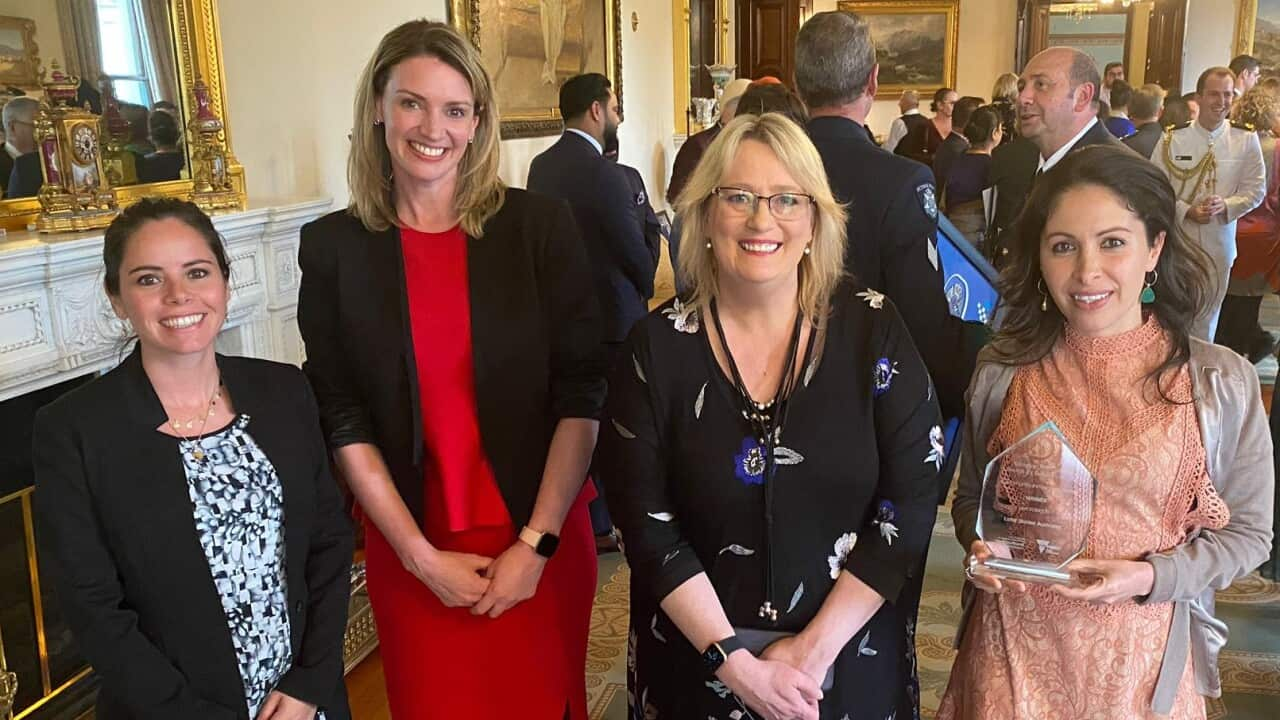Asriel had just turned three years old when, together with his parents, he visited Alcañiz, a city in the autonomous community of Aragon, sparking his love of the Spanish language.
According to his parents, Hilary Skelton and Daniel Encel, neither of whom speaks Spanish themselves, the holiday marked the starting point of a language learning journey for the little boy, who, up to that point, only spoke English.
However, seeing Asriel's interest in the Spanish language, the couple provided him with the tools they had at their disposal to stimulate the learning of a new language.
Today, almost three years later, Asriel speaks Spanish so fluently that he can easily hold a conversation about the solar system, in a language he learned while watching cartoons.
Highlights:
- Asriel was only three years old when he had his first encounter with the Spanish language during a holiday in Spain.
- Asriel's parents believe that teaching a second language in the Australian education system is not as valued as it should be.
- Schools need to teach a variety of languages instead of prioritising those from Asia.
It's estimated that approximately 30 per cent of people in Australia were born abroad or had at least one parent who was born outside Australia. That's also the case with Ms Skelton and Mr Encel.
Ms Skelton is originally from New Zealand and came to Australia more than a decade ago, while Mr Encel is a first-generation Australian of Polish descent.
According to Ms Skelton, Asriel developed an interest in Spanish during a family holiday in Europe.
"When we went to Spain, in 2019, the only TV available was in Spanish. The cartoons were in Spanish, and that's how it started," Ms Skelton explains. After seeing Asriel's interest in learning Spanish, his parents decided to do what many Europeans do when their children are learning another language.
After seeing Asriel's interest in learning Spanish, his parents decided to do what many Europeans do when their children are learning another language.

Asriel's interest in the Spanish language developed during a family holiday to Spain three years ago. Source: Supplied
"When we came back to Australia, we decided to put on TV shows in Spanish," Mr Encel explains.
"Many people we knew in Europe learned English from television and not from their English teachers.
So he watched TV in Spanish and really enjoyed the content and learned Spanish from there.
Observing Asriel's enduring enthusiasm for Spanish, his parents purchased books in Spanish for Asriel to read, and began playing children's music in Spanish, too.
During pandemic lockdowns, they hired a Spanish-speaking person to help them with Asriel's care.
That was a key moment, because, from there, Asriel started to string into phrases the vocabulary he had learned for more than a year watching television and listening to music in Spanish.
Australia does not give enough importance to teaching a second language
When it was time for Asriel to start primary school, his parents said they were disappointed to learn that the language taught there was not Spanish.
They held several conversations with the school authorities to ask that the language taught be changed, not only as a matter of taste or affinity, but for a practical reason of the usefulness of that language in real life.
Mr Encel says he believes that the teaching of a second language in the education system, at least in regional areas of Australia, does not seem to be regarded as having the same value as the rest of the subjects in the curriculum.
"I would say that in regional areas of Victoria, language learning for children is considered the least important of all subjects," he says.
"It is considered as an accessory and as something strange because we are dealing with a monolingual, Anglo-Saxon culture."
In the city, this is changing rapidly but here, in the regions, we're still dealing with that idea that one foreign language is 'the other'. It's kind of weird.
Spanish language has a strong presence in South Australian schools
The National Language Policy was adopted in Australia 35 years ago with the intention of creating a genuine commitment to the cultural diversity that has shaped the nation.
The policy outlines programs and plans that were created for the systematisation of services and teaching of languages other than English. However, in practice, the study of Asian languages was prioritised.
In this context, Spanish only has a strong presence in schools in South Australia.
According published by the Cervantes Institute, Spanish is studied mainly at the secondary level and mostly in private schools in the states of South Australia, Queensland, and New South Wales.
In the public education system, both at the primary and secondary levels, Spanish only has a significant presence in South Australia and Queensland.
Philologist Raquel Romero Guillemas argues that Australian schoolchildren face "a stumbling block" when learning a language other than English at school because the Australian educational system itself "leaves in the hands of schools the ability to decide what language is taught in their classrooms."
"There are no criteria for the selection of the different languages, so it ends up being a choice of the Principal of each school and its technical team, and it responds, most of the time, to reasons of an economic rather than educational nature".
After a great deal of persuasion and lobbying efforts led by Asriel's parents, his school recently introduced a new program to teach Spanish as a second language.
Mr Encel and Ms Skelton point out that although it is difficult to find Spanish teachers in the region, this development has been a major milestone.
According to the couple, schools everywhere should take the teaching of a second language more seriously and introduce additional programs designed to create what they call a 'local language ecosystem'. That is, that several local schools teach the same language and thus create more opportunities for the practice and learning of it for students.
Read and listen to this story in Spanish:

Asriel, el niño australiano que aprendió español viendo dibujos animados


